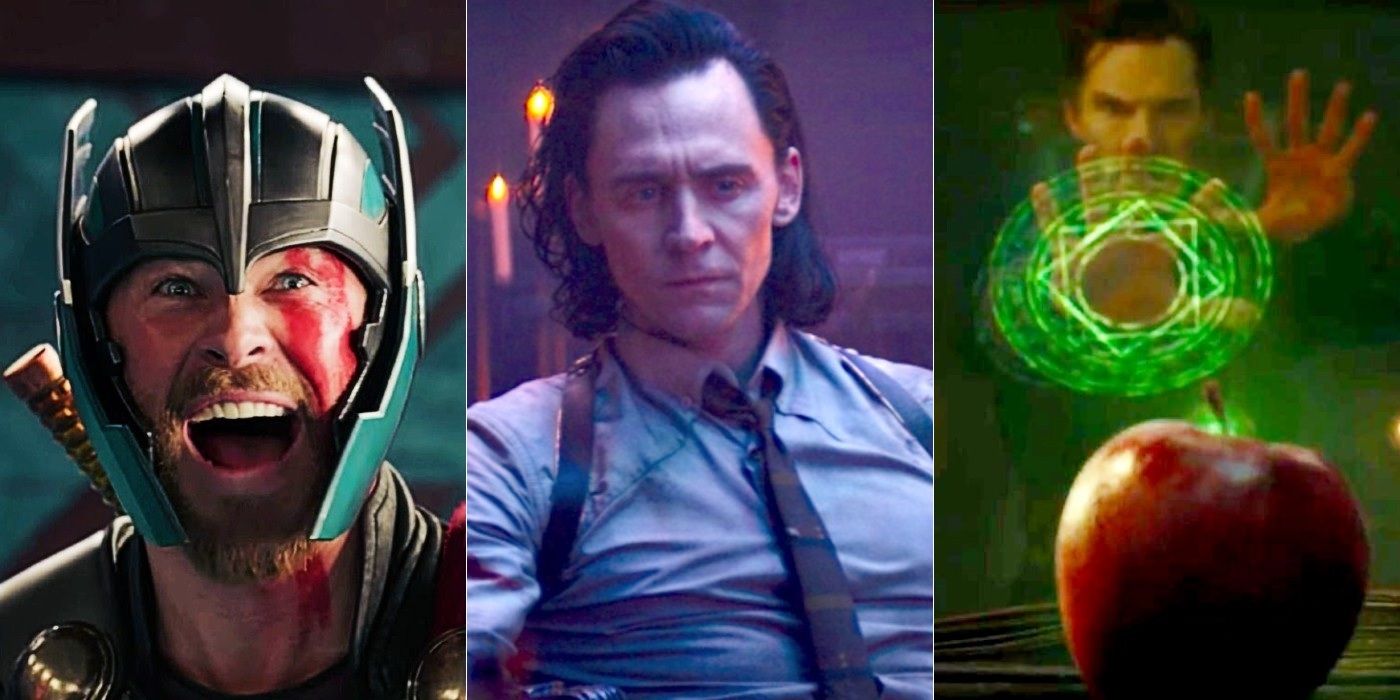
Caution: spoilers ahead for Loki
Loki saved some of its very best Easter eggs until last - here are all of the MCU and Marvel references in episode 6. Even by Disney+ standards, Tom Hiddleston's Loki Laufeyson has experienced a wild ride since shifting into streaming territory. Plucked from mainstream MCU continuity, the God of Mischief discovers a host of alternate selves deleted by the Time Variance Authority, but making the biggest impression upon him is Sylvie, a variant pruned as a young child and hunted ruthlessly by the TVA ever since. Together, the formidable pair (with some assistance from Mobius) have taken the Time-Keepers to task and made their way to the Void at the end of time to kill whoever sits behind the curtain.
Titled "For All Time. Always," Loki's season 1 finale brings Loki and Sylvie face-to-face with the puppet-master, who claims to have put the variants through this journey so they could succeed him atop the TVA - like if Willy Wonka had chosen to pursue time-travel instead of candy. The mystery man reveals that if the MCU's timeline was left un-pruned, an evil version of himself would attack the multiverse. This triggers a lovers' tiff between Lokis, as they can't decide whether to believe the story or not. Following a scuffle, Sylvie gets her own way, and in one final twist, Loki returns to find the TVA has already succumbed to altered history. Multiversal madness has officially begun.
With new villains to set up and exposition to get through, Loki episode 6 certainly wasn't the veritable Easter egg feast of the previous week's Void adventure, but there were more than enough nods to keep the MCU faithful on the lookout. Here's everything we found.
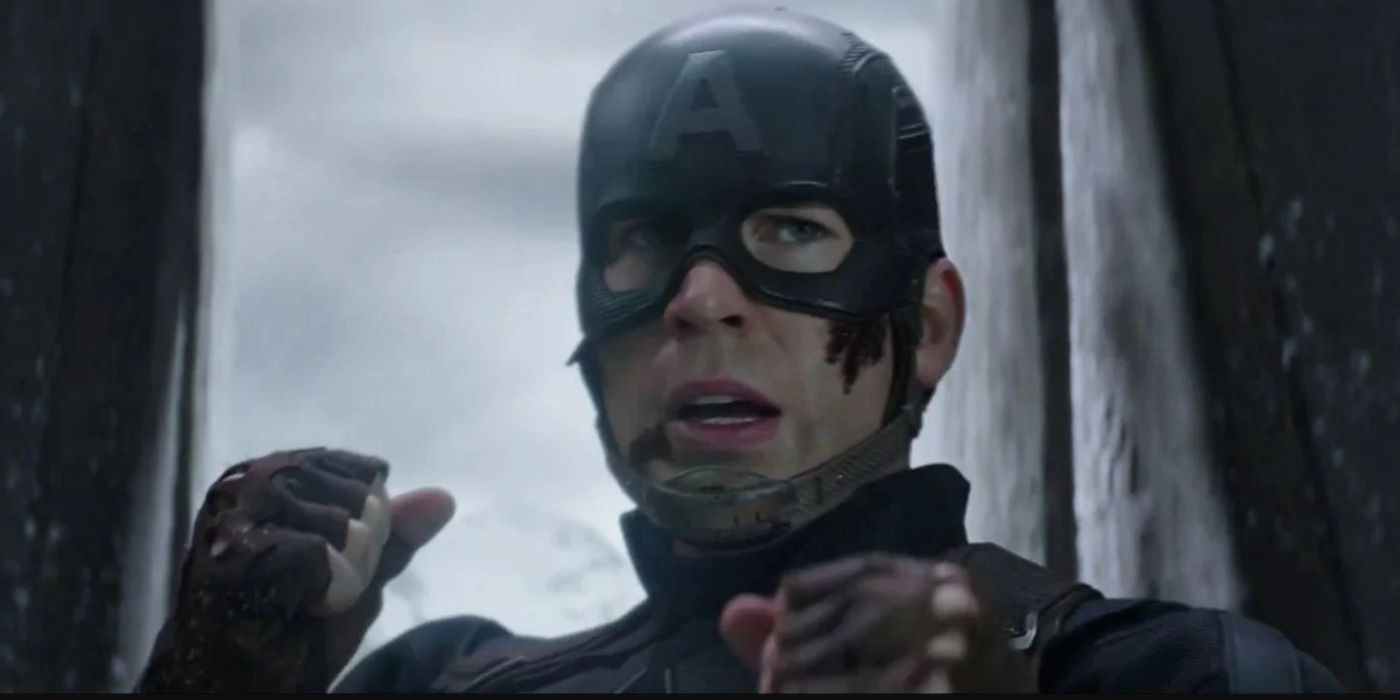
What better way to begin a time-bending episode than with a quick blast through MCU history? To emphasize the timeless nature of Loki's enigmatic villain, the opening sequence is accompanied by a voice-over that incorporates a host of famous MCU quotes alongside choice snippets from the real world. Beginning with Sam Wilson's "way to go, Tic-Tac" from Captain America: Civil War, the aural montage also includes "Wakanda Forever," "he's a friend from work," "I can do this all day," "Dormammu, I've come to bargain," "what is grief if not love persevering?" and, finally, "open your eyes" from the closing scene of last week's Loki episode. Non-superhero contributions come courtesy of Neil Armstrong, Greta Thunberg, Nelson Mandela, and others.
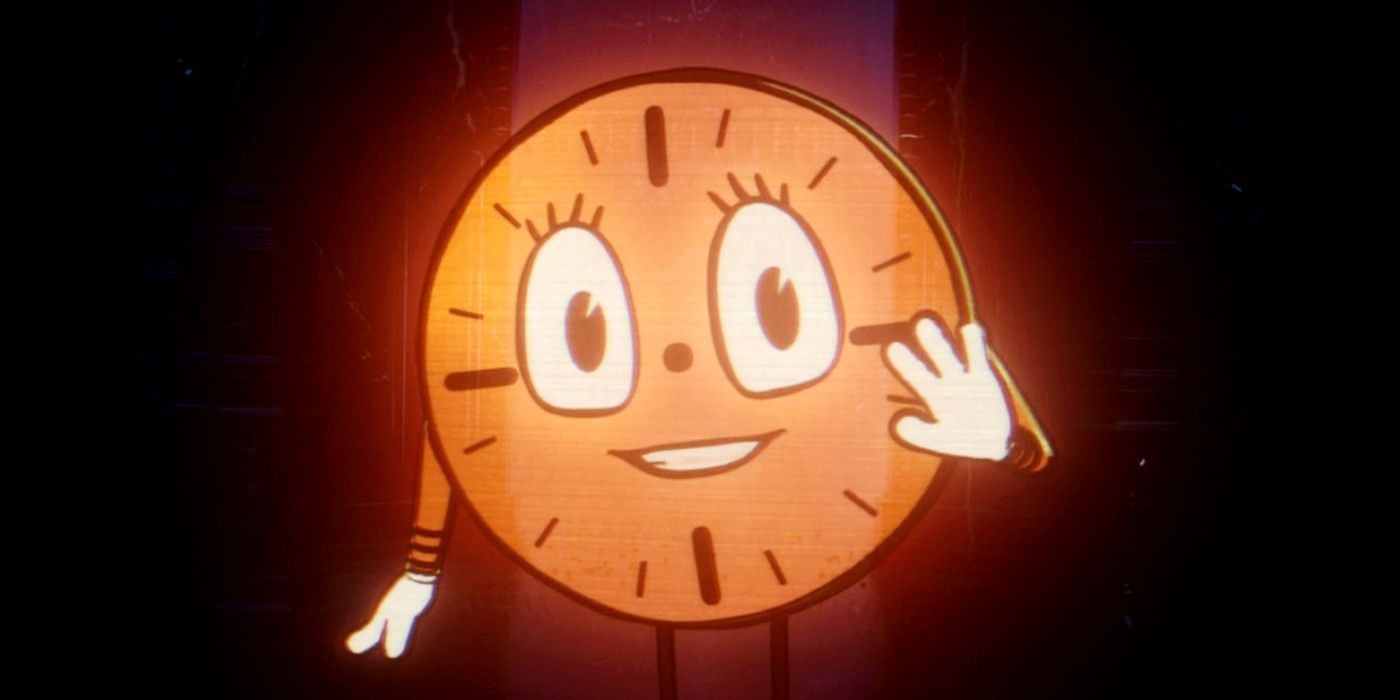
Many Loki fans were predicting Miss Minutes would be revealed as the TVA's true mastermind, and while that notion proved wide of the mark, the chipper orange Clippy certainly knew more than she let on. Indeed, it's Minutes who welcomes Loki and Sylvie inside the ornate Void castle, referring to the structure as "the Citadel at the End of Time." This term draws from two Marvel comics characters, both of whom have been heavily cited by Loki theorists. The first is He Who Remains, who also dwelt in a Citadel at the End of Time, and the second is Kang the Conqueror, who ruled over a quantum-defying citadel of his own.
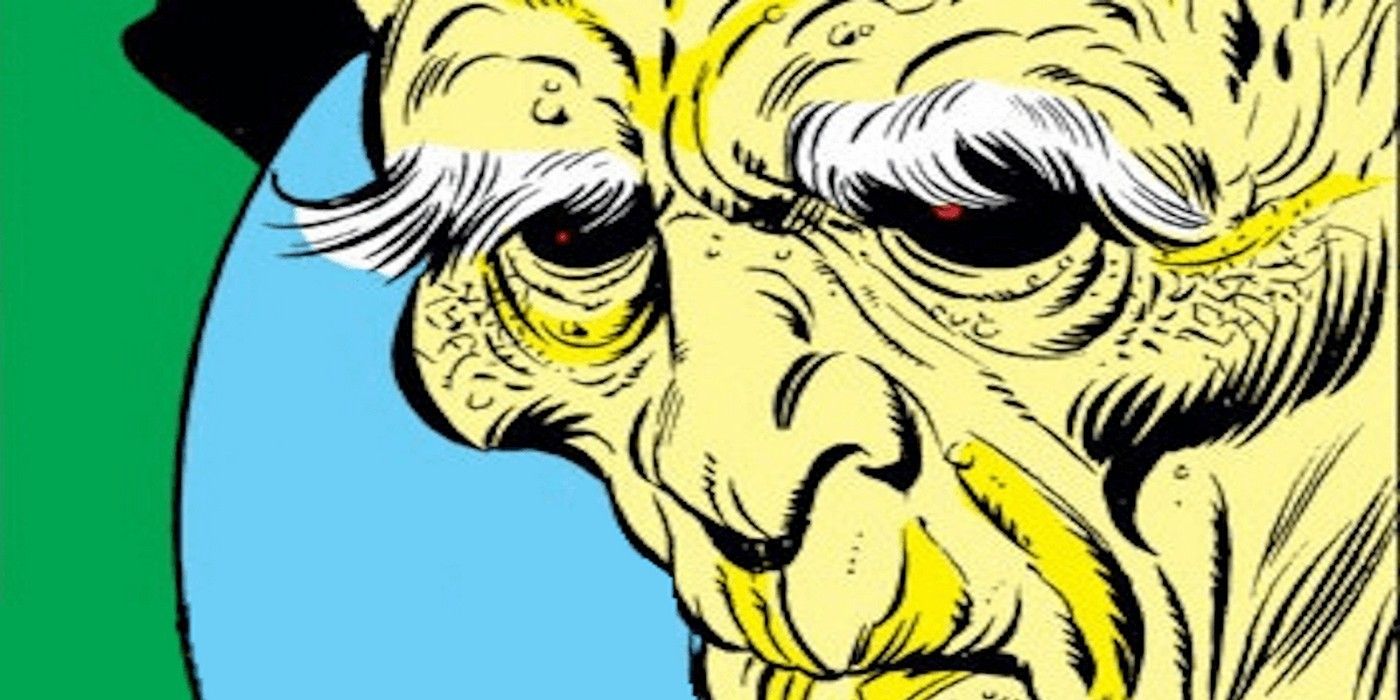
Now suddenly more helpful than in previous episodes, Miss Minutes refers to the Citadel's master as "He Who Remains." In Marvel comic lore, He Who Remains was the sole survivor from a past universe, who founded the new TVA to avoid repeating past mistakes. Appearing in 1976's Thor #245, He Who Remains was ancient, all-powerful, and incredibly wrinkly. The figure had honest intentions though, and would change his methods on the advice of Thor and Jane Foster. While Loki's interpretation of the character borrows the name and TVA connection, his backstory and motivations are entirely altered. That the character is played by Jonathan Majors might explain why...

Miss Minutes makes a final gambit to keep the Lokis at bay, promising a happy life on the Sacred Timeline in exchange for maintaining the status quo. The cartoon offers victory in every MCU scheme and plot Loki has ever pulled. She tempts the God of Mischief with a successful Battle of New York and a win over the Avengers (from 2012's The Avengers), as well as a straight path to the throne of Asgard (which Loki tried for in 2011's Thor). Most intriguing of all, Sylvie claims Loki could even kill Thanos and take the Infinity Gauntlet for himself, which alludes to the God of Mischief's intended plan in the wake of New York, which originally went awry thanks to Thor and his new pals from Earth.
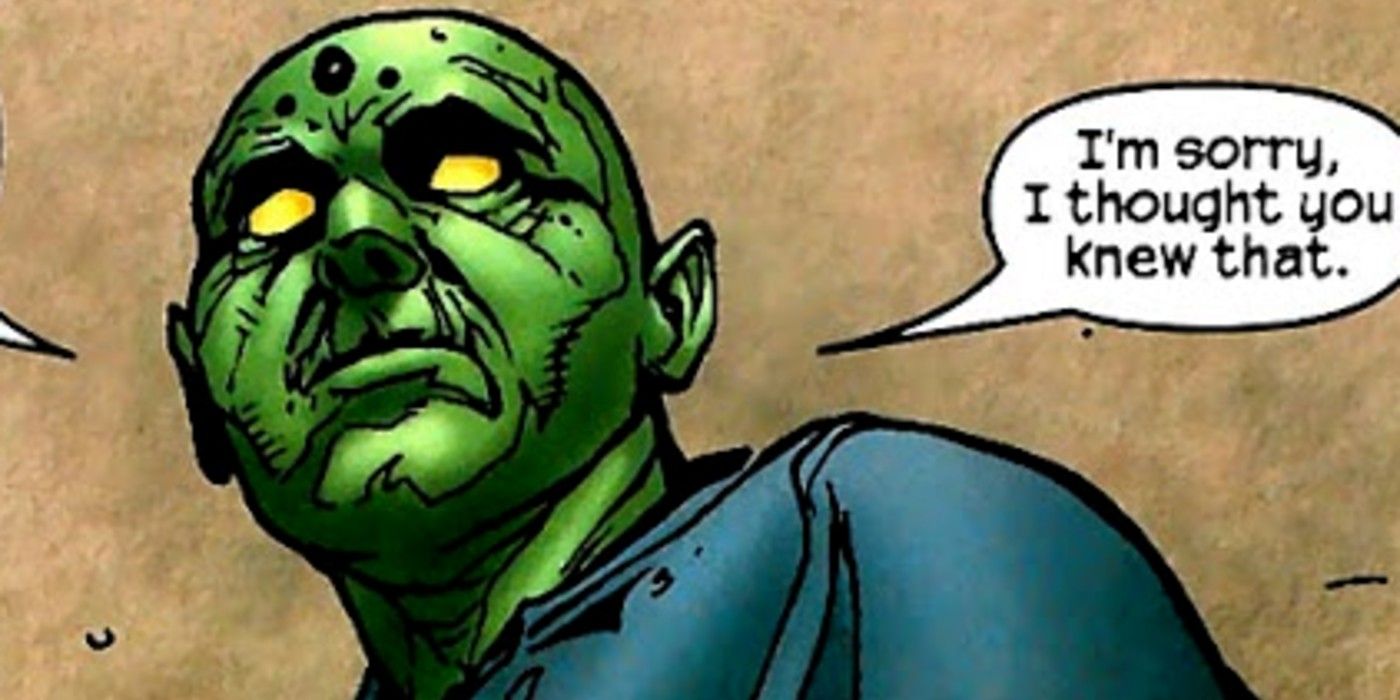
Refusing Miss Minutes' kind offer, Sylvie and Loki head deeper into the Citadel, passing a trio of statues that seem to represent the Time-Keepers. Interestingly, there's a fourth statue broken and lying on the floor. The meaning behind this mystery fourth Beatle may be elaborated upon in Loki season 2, but it could also serve as a simple nod to the Marvel comics, in which He Who Remains initially created a quartet of Time-Keepers, only for one, the Oracle of Siwa, to be banished in Ancient Egypt.

When Jonathan Majors' character makes his long-awaited MCU debut, he's curiously clutching a green apple, munching periodically on both the fruit and the scenery. Using a TemPad, He Who Remains is able to avoid Sylvie's attacks by skipping through time. The combination of an apple motif and bending temporal law isn't new to the MCU, as Doctor Strange saw Benedict Cumberbatch practice wielding the Eye of Agamotto by rewinding an eaten apple.
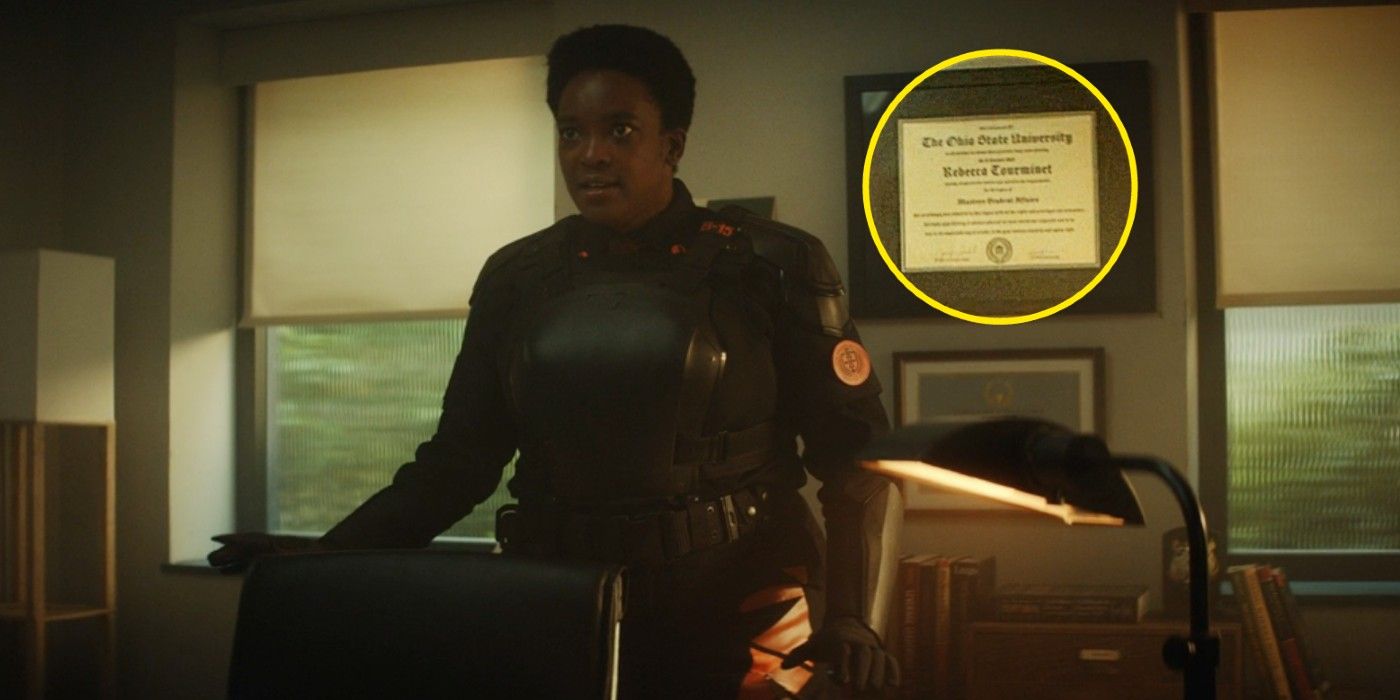
B-15 and Mobius hatch a cunning plan to turn the TVA's Minutemen against their employer. The duo deduce Ravonna Renslayer's pre-prune location is an Ohio school in 2018 (thanks to a carefully placed pen), and lure their pursuers there to prove all TVA agents are brainwashed variants. While B-15 goes to work, a certificate in Renslayer's office reveals her real name as Rebecca Tourminet. This is an alias Renslayer uses in the Marvel comics after falling out with Kang, though this Tourminet lived in 1903 rather than 2018.
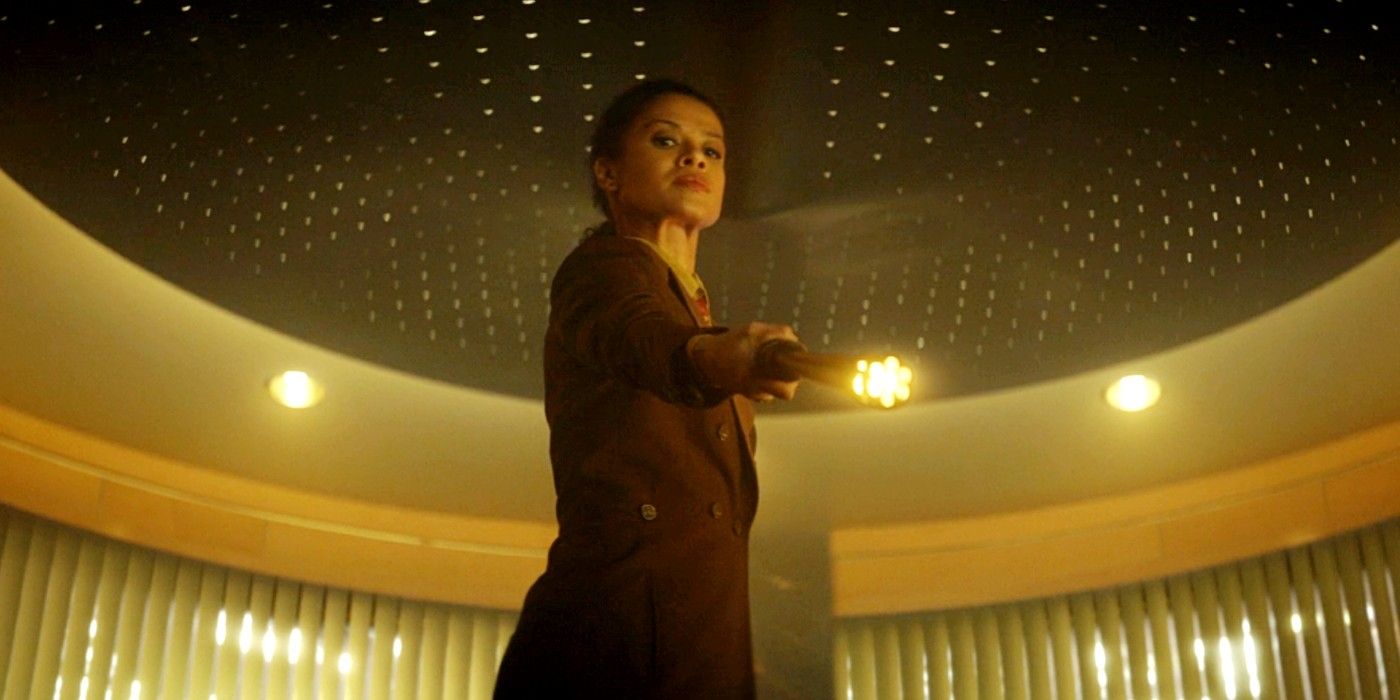
As the action moves to Judge Renslayer's office (at the TVA, not the school), Mobius makes the ill-advised decision to attack her, quickly ending up on his backside with a TVA pruning stick in his face. Kate Herron uses a POV shot from Mobius' perspective to show Renslayer bearing down upon him, and the image is highly reminiscent of when a defeated Loki was faced with the Avengers following the Battle of New York. A neat line of symmetry between Tom Hiddleston and Owen Wilson's respective characters.
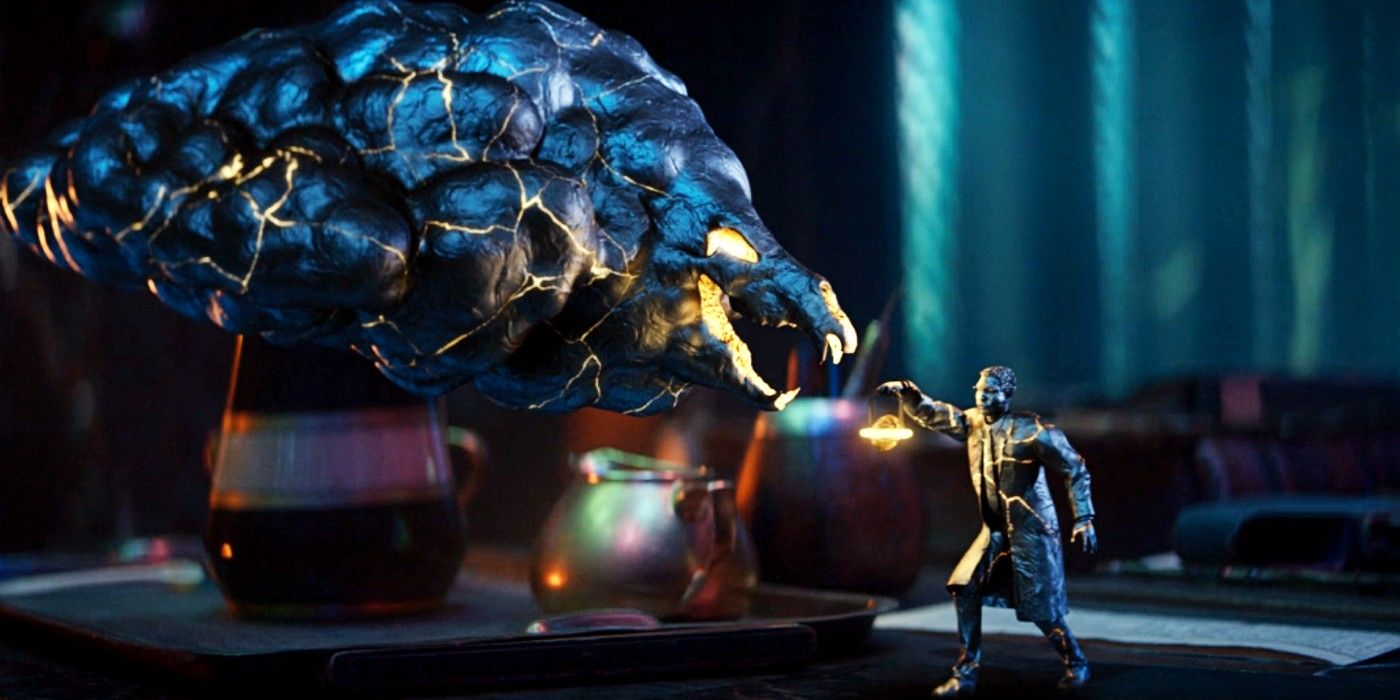
If you hadn't figured it out already, Jonathan Majors is actually playing a hybrid of He Who Remains and Kang in Loki. Though the actor's presence alone confirms this, the most direct on-screen reference comes during He Who Remains' Multiverse War explanation. The TVA's ruler is actually a scientist hailing from the 31st century, who broke down the barriers between worlds and met alternate versions of himself. During his life story, Majors' character claims to go by many names, one of which being "conqueror." Since the episode doesn't namedrop Kang personally, this is the best confirmation viewers get of the actor's true role in the MCU. The original comic character is a scientist from the same future time period, and often dubbed "Kang the Conqueror."
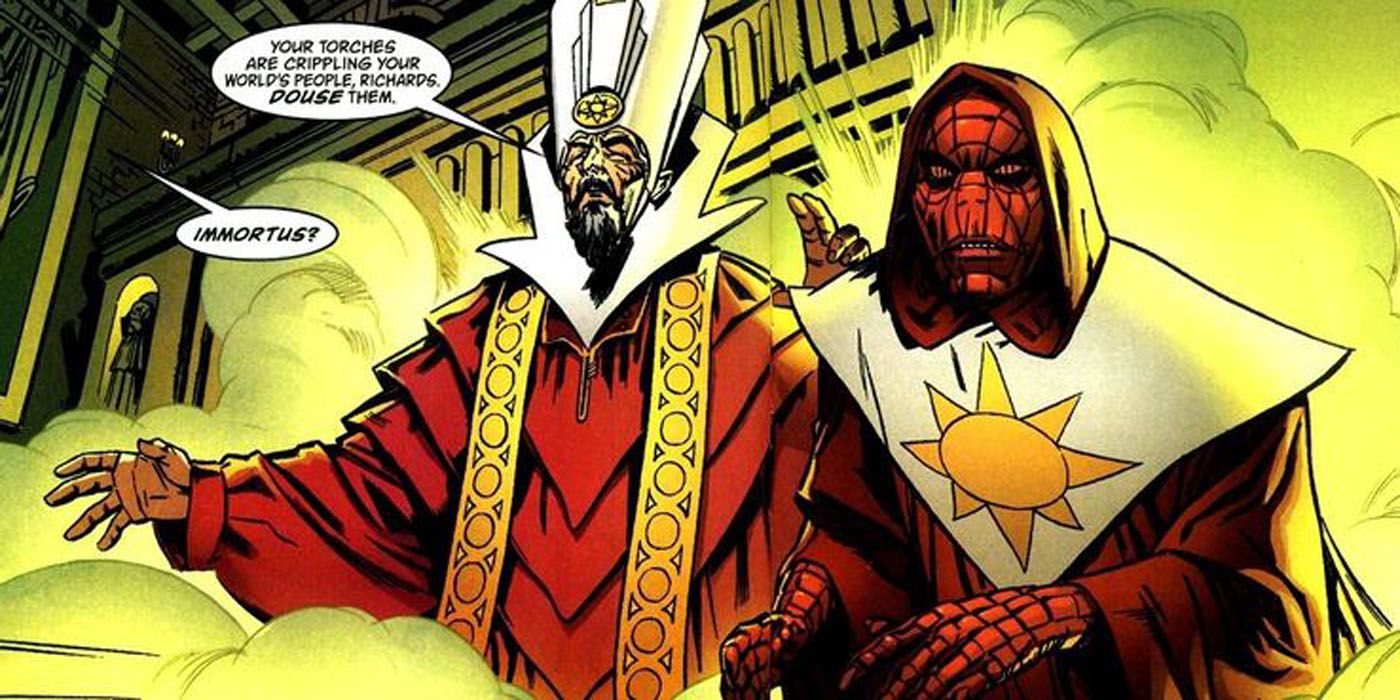
The Kang setup continues, as He Who Remains reveals that not all of his time-breaking variants were as cordial as he, with some seeking to dominate the multiverse. Not only does this pave the way for Kang (as a variant of He Who Remains), but it also opens the door for every other iteration of the villain from Marvel comic history. This would include Nathaniel Richards, Immortus, Rama-Tut and Iron Lad. Sylvie has really dropped a Kang-er letting this bunch roam free.
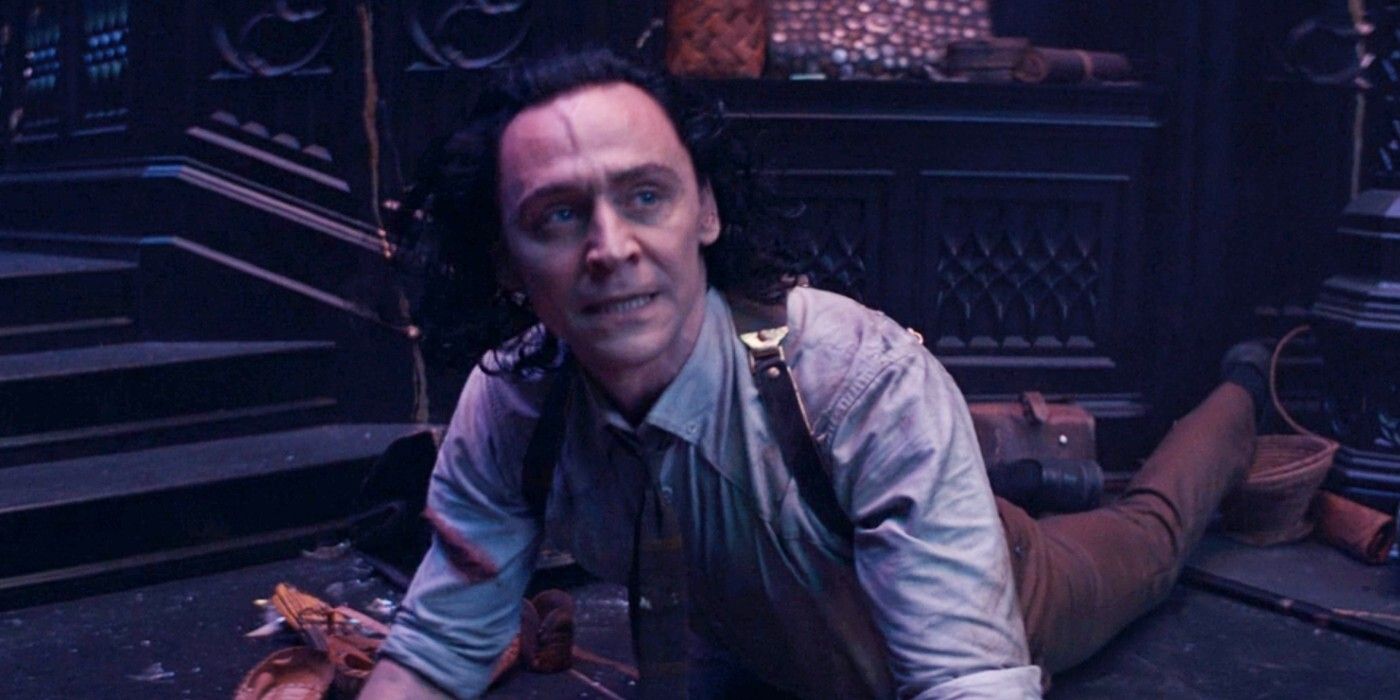
Would it really be a Loki season 1 finale if Tom Hiddleston didn't end up falling over and doing his famous hair flip? Seen previously in Thor: Ragnarok after being sent on a 30-minute multiverse trip by Doctor Strange, Loki has a habit of falling on his front, then whipping his head up with an expression of pure exasperation. One final time (for now, at least), Loki finds himself in the same position after being thrown by Sylvie's magic during their violent disagreement over whether or not He Who Remains should be killed.
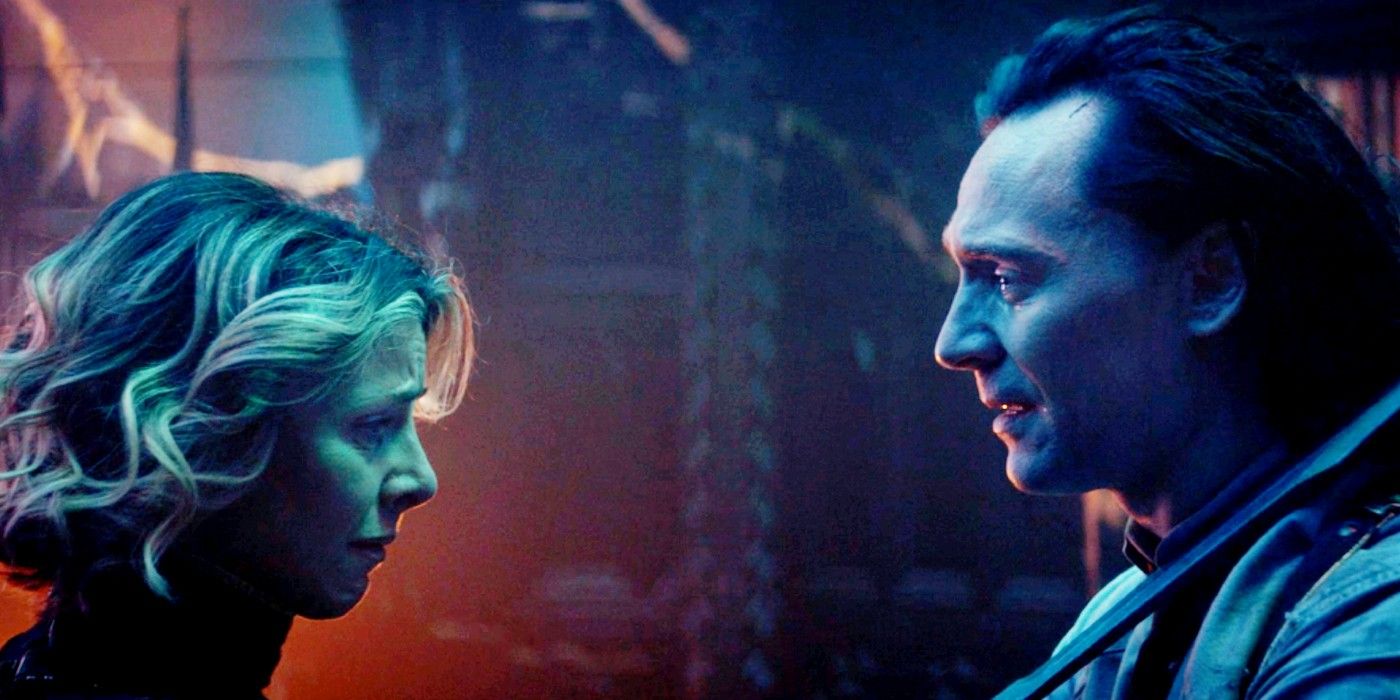
When it becomes clear that neither Loki nor Sylvie really wants to clash swords, Tom Hiddleston's character tries an empathetic approach, reassuring Sylvie, "I've been where you are." In this scene, Loki is referring to Sylvie's blind desperation to kill He Who Remains whatever the cost, but when was the MCU's God of Mischief in the same position? Most likely, he means being betrayed by Odin and discovering his true heritage as a Frost Giant. This revelation led Loki down a destructive path, first targeting his home and family on Asgard, then debasing himself by becoming a minion of Thanos. Getting revenge and striking out was all that mattered to Loki during these years, which is how he can understand Sylvie's TVA bloodlust.
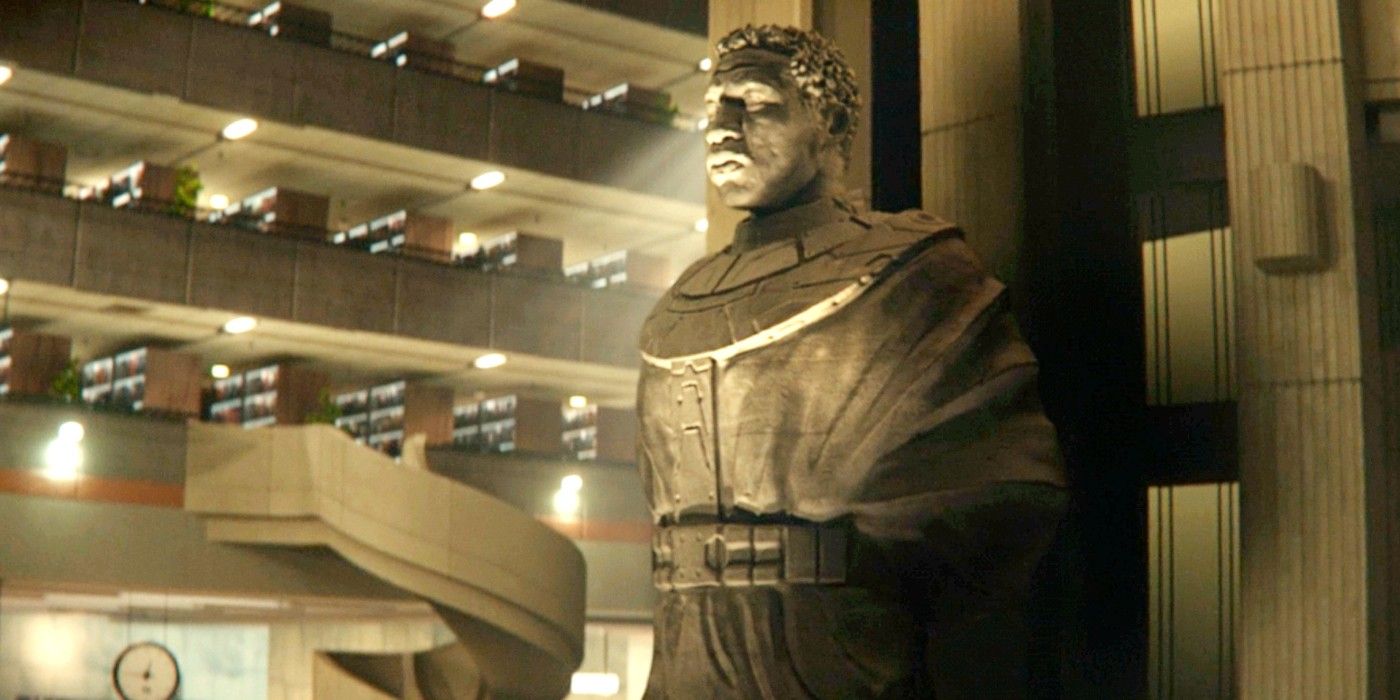
The final sting of "For All Time. Always" sees Loki return to the TVA, only to find the organization is no longer the one he left behind a few short hours ago. The quantum police force has apparently been reset, in a manner of speaking, and is back out pruning the timeline. Now, however, they're not working on behalf of the Time-Keepers, but for the bona fide Kang the Conqueror, and this is confirmed by the appearance of a new statue where the TVA's giant Time-Keeper monument once stood. The sculpture shows Jonathan Majors in full Kang regalia - the variant He Who Remains was so scared of. We'll see more of him in Ant-Man & The Wasp: Quantumania.
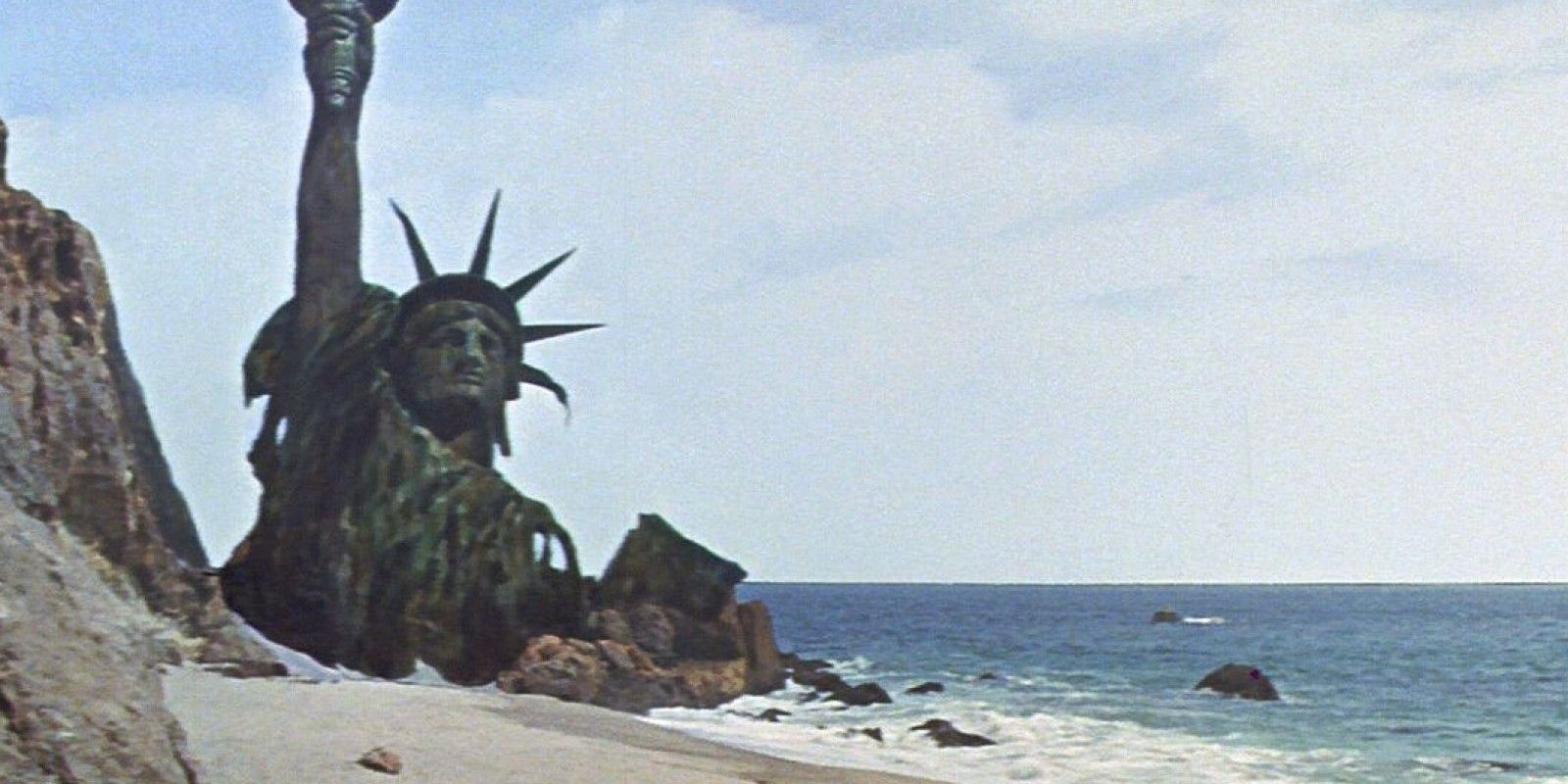
In the final moments of Loki season 1, it's hard not to recall the iconic ending to Planet of the Apes, where Charlton Heston is shaken by the sight of the Statue of Liberty. Loki's ending perhaps shares even more in common with Tim Burton's ill-fated Planet of the Apes remake, in which Mark Wahlberg travels back to Earth, only to find the Lincoln Memorial is now an ape.
Loki season 2 has been confirmed for Disney+.
from ScreenRant - Feed https://ift.tt/3hEsjDl

No comments: